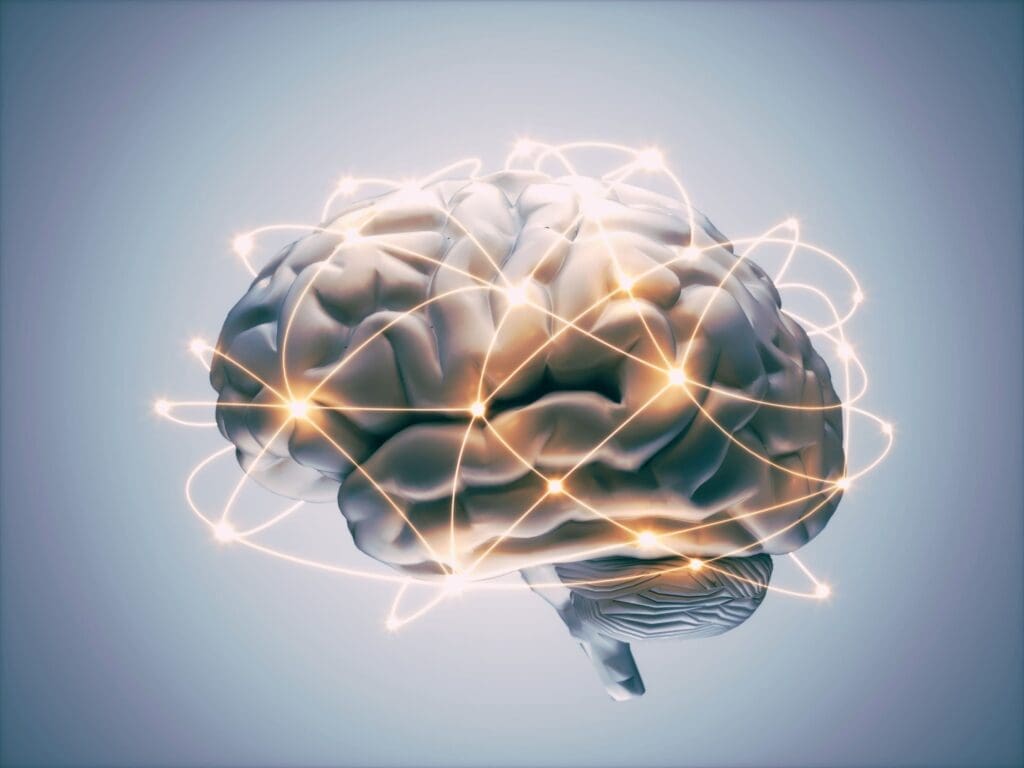Understanding Emotional Dysregulation: The Basics
What is Emotional Dysregulation?
Emotional dysregulation is when someone struggles to control or manage their emotional responses. It means emotions can feel more intense, last longer, or come up suddenly without a clear reason.
Symptoms of Emotional Dysregulation
- Intense Emotions: Feelings that seem stronger than the situation calls for.
- Quick to React: Getting upset or excited faster than most people.
- Hard to Calm Down: It’s tough to settle once emotions are stirred up.
For instance, examples of emotional dysregulation might include sudden outbursts of anger in a minor disagreement or intense sadness when faced with a small setback.
Why Does It Happen?
There are many reasons someone might experience emotional dysregulation. It could be due to life experiences like trauma. But sometimes, it’s just how the brain is wired. Our brain has pathways that help manage our emotions. When these pathways don’t work as they should, it can lead to emotional dysregulation.
Understanding emotional dysregulation is the first step to managing it. By recognizing the signs and knowing why it happens, we can start finding ways to cope and get support. Everyone’s journey with emotional dysregulation is unique, but with knowledge and tools, there’s hope for balance and well-being.
What does it feel like to be emotionally dysregulated?

It is characterized by intense and unpredictable emotional responses that may be disproportionate to the situation at hand. Individuals experiencing emotional dysregulation often feel overwhelmed, unable to regulate their emotions, and may struggle to maintain stable relationships. The constant rollercoaster of emotions can be distressing and significantly impact daily functioning and overall well-being.
What triggers emotional dysregulation?
Various factors can trigger emotional dysregulation, including traumatic experiences, chronic stress, neurodevelopmental conditions, or certain mental health disorders such as borderline personality disorder or bipolar disorder. These triggers can disrupt the normal regulation of emotions, leading to heightened emotional reactivity and impaired emotional stability.
Particularly, emotional dysregulation and PTSD (Post-Traumatic Stress Disorder) are closely linked, as trauma can significantly disrupt an individual’s ability to regulate emotions.
Is emotional dysregulation always BPD?
Emotional dysregulation in BPD (Borderline Personality Disorder) is a well-documented phenomenon. However, while emotional dysregulation is often associated with Borderline Personality Disorder (BPD), it is not exclusive to this condition. Other mental health disorders, such as mood disorders, anxiety disorders, and trauma-related disorders, can also manifest with emotional dysregulation as a prominent feature. Therefore, it is important to consider a comprehensive assessment to determine the underlying cause of emotional dysregulation beyond solely attributing it to BPD.
The Brain’s Role: How Neuroscience Explains Emotional Imbalances
At the heart of our emotions lies a part of the brain called the amygdala. This tiny almond-shaped structure plays a crucial role in how we process feelings. When emotional dysregulation occurs, the amygdala might be more active or sensitive than usual.
Neural Pathways and Emotions
Our brain is a network of pathways where messages travel. Think of these like roads in a city. Some roads are smooth and efficient, while others might have potholes or traffic jams. In terms of emotional dysregulation:
- Smooth Roads: These pathways help us process emotions in a balanced way.
- Potholes: These can represent disruptions or imbalances in how we handle feelings.
Neuroplasticity: A Glimmer of Hope
One of the brain’s amazing abilities is neuroplasticity. This means our brains can change and adapt. So, even if someone struggles with emotional dysregulation now, the brain has the potential to develop healthier pathways over time.
The brain is like the control center for our emotions. By understanding how it works and the role of structures like the amygdala, we can better grasp why emotional imbalances happen. And with the promise of neuroplasticity, there’s always hope for improvement.
Neuroplasticity: The Brain’s Ability to Adapt and Change
What is Neuroplasticity?
Neuroplasticity, often called brain plasticity, is the brain’s incredible ability to reorganize itself. This means forming new neural connections throughout life. It’s like the brain reshaping or remodeling itself based on experiences.
How It Relates to Emotional Dysregulation
When someone faces emotional dysregulation, their brain might have certain patterns or pathways contributing to those intense feelings. But here’s the good news:
- Adaptable Brain: With the right experiences and training, the brain can develop new pathways.
- Breaking Old Patterns: Neuroplasticity allows the brain to weaken or break away from old patterns that might cause emotional imbalances.
Our daily experiences play a big part in neuroplasticity. For example:
- Positive Interactions: Building healthy relationships can help the brain form positive pathways.
- Learning New Skills: This can challenge the brain and promote growth.
- Healthy Habits: Good sleep, exercise, and a balanced diet support brain health.
Neuroplasticity offers hope to those dealing with emotional dysregulation. By understanding that the brain can adapt and change, we see the potential for growth, healing, and a brighter emotional future.
The Impact of Emotional Dysregulation on Daily Life and Relationships

Daily Life Disruptions
Emotional dysregulation can feel like riding a roller coaster without any safety harness. One moment, everything seems calm, and the next, a wave of intense emotion can sweep in, turning a regular day upside down. Simple tasks, like making decisions or handling stress, can become daunting challenges. It’s not just about feeling “off” occasionally; it’s a consistent struggle to maintain emotional balance in everyday situations.
Relationships and Emotional Ties
Building and maintaining relationships is a core human need. However, when emotional dysregulation is in the picture, it can strain these bonds. Here’s how:
- Misunderstandings: A partner or friend might struggle to understand the sudden shifts in mood.
- Communication Barriers: Expressing feelings or needs becomes a challenge, leading to conflicts or feelings of isolation.
- Trust Issues: The unpredictability of emotions can make it hard for loved ones to feel secure in the relationship.
The impact of emotional dysregulation isn’t limited to the individual. It creates ripples that touch every aspect of their life, from work performance to social interactions. Recognizing this influence is the first step towards seeking solutions and finding a path to emotional harmony.
There are various forms of treatment for emotional dysregulation, and understanding the underlying neuroscience can help in devising effective strategies.
Strategies to Harness Neuroplasticity for Emotional Stability
In the intricate dance of life, our emotional and mental well-being plays a pivotal role in determining our daily experiences and overall quality of life. Harnessing the power of neuroplasticity, the brain’s remarkable ability to adapt and change, can be a game-changer in achieving emotional stability. By understanding and implementing specific strategies, we can stimulate our brain’s potential, fostering resilience and balance. The following list delves into actionable steps that, when integrated into our daily routines, can pave the way for a more emotionally stable and fulfilling life.
- Continuous Learning for Brain Growth
- Engage in lifelong learning to stimulate the brain.
- Take up new hobbies like painting or pottery that challenge creativity.
- Learn a new language, enhancing cognitive flexibility and memory.
- Master a musical instrument, which improves auditory and motor coordination.
- Read diverse genres of books to expose the brain to different perspectives and ideas.
- Physical Activity for Brain Health
- Incorporate regular exercise into your routine for overall brain health.
- Opt for aerobic activities like jogging or cycling to increase blood flow to the brain.
- Engage in strength training, which has been shown to improve cognitive function.
- Try balance exercises like tai chi to enhance coordination and spatial awareness.
- Participate in dance classes, combining physical activity with rhythm and memory.
- Prioritize Quality Sleep
- Maintain a consistent sleep schedule, going to bed and waking up at the same time daily.
- Create a calming bedtime routine, such as reading or listening to soothing music.
- Ensure your sleep environment is conducive to rest, with comfortable bedding and minimal noise.
- Avoid caffeine and heavy meals close to bedtime.
- Consider using white noise machines or earplugs to block out disturbances.
- Mindful Practices for Emotional Regulation
- Engage in deep breathing exercises to calm the nervous system.
- Dedicate time to journaling, allowing for reflection on emotions and daily experiences.
- Attend workshops on mindfulness to deepen understanding and practice.
- Practice progressive relaxation techniques, sequentially tensing and relaxing muscle groups.
- Explore nature walks, grounding oneself in the present moment and environment.
- Nutrition and Brain Health
- Consume a balanced diet rich in omega-3 fatty acids, antioxidants, and vitamins.
- Stay hydrated, as water is essential for cognitive functions.
- Limit intake of processed foods and sugars, which can impact brain health.
- Incorporate brain-boosting foods like blueberries, turmeric, and broccoli.
- Consider consulting with a nutritionist to tailor a diet for optimal brain health.
- Social Interactions and Brain Stimulation
- Engage in meaningful conversations to challenge cognitive functions.
- Join clubs or groups with shared interests, promoting social interaction and learning.
- Attend lectures or seminars to engage in group discussions and critical thinking.
- Play strategy games like chess or puzzles with friends or family.
- Volunteer in community activities, stimulating the brain while fostering social connections.
By embracing and integrating these strategies, individuals can effectively harness the power of neuroplasticity, leading to improved emotional stability and overall well-being.
Personal Growth: Leveraging Neuroscience for Emotional Well-being
At the crossroads of personal development and neuroscience lies a powerful tool for understanding emotional dysregulation. We can uncover strategies to foster emotional well-being and personal growth by diving deep into the brain’s workings.
The Role of Brain Training
Brain training exercises, often seen as games or puzzles, can be more than just fun. They:
- Strengthen Cognitive Skills: Enhancing memory, attention, and problem-solving abilities.
- Promote Emotional Regulation: By challenging the brain, we can reshape how it responds to emotional stimuli.
Embracing Positive Experiences
Our brain naturally tends to focus on negative experiences, a trait rooted in our evolutionary past. However, by consciously seeking and savoring positive experiences, we can rewire the brain to be more resilient against emotional dysregulation.
The Power of Social Connections
Building strong social ties isn’t just about companionship. Engaging in meaningful conversations and forming deep connections can stimulate the brain, promoting emotional balance and well-being.
Incorporating neuroscience into our personal growth journey offers a holistic approach. Understanding the brain’s intricacies can harness its potential, paving the way for emotional well-being and a fulfilling life.
Conclusion: The Path Forward in Mastering Emotional Balance
Embracing the Journey
Mastering emotional balance is not a destination but a continuous journey. With the insights from neuroscience and a deeper understanding of emotional dysregulation, we are better equipped to navigate the challenges and celebrate the victories along the way.
The Role of Self-awareness
Being aware of our emotional triggers and patterns is the first step. By recognizing the signs of emotional dysregulation early on, we can implement strategies to bring ourselves back to equilibrium.
Continuous Learning and Growth
The world of neuroscience is ever-evolving, offering new insights and tools to enhance emotional well-being. Staying curious and open to learning can lead to breakthroughs in managing emotional dysregulation.
Looking Ahead with Hope
While the journey may have ups and downs, the promise of neuroplasticity and the brain’s ability to adapt gives us hope. With dedication, support, and the right tools, mastering emotional balance is within reach for everyone.
By taking proactive steps and leveraging the power of neuroscience, we can chart a path toward a more emotionally balanced and fulfilling life.
#emotionaldysregulation #neuroplasticity #brainactivity #neuralpathways #emotionalbalance #neuroscienceinsights #emotionaltriggers #emotionalmanagement #braintraining #neurologicalresearch #emotionalwell-being #brainhealth #emotionalstability #neurologicaladaptability #emotionalpatterns #brainpathways #emotionalintensity #emotionalresponses #emotionaltools #emotionalcoping #bpd #borderlinepersonalitydisorder






